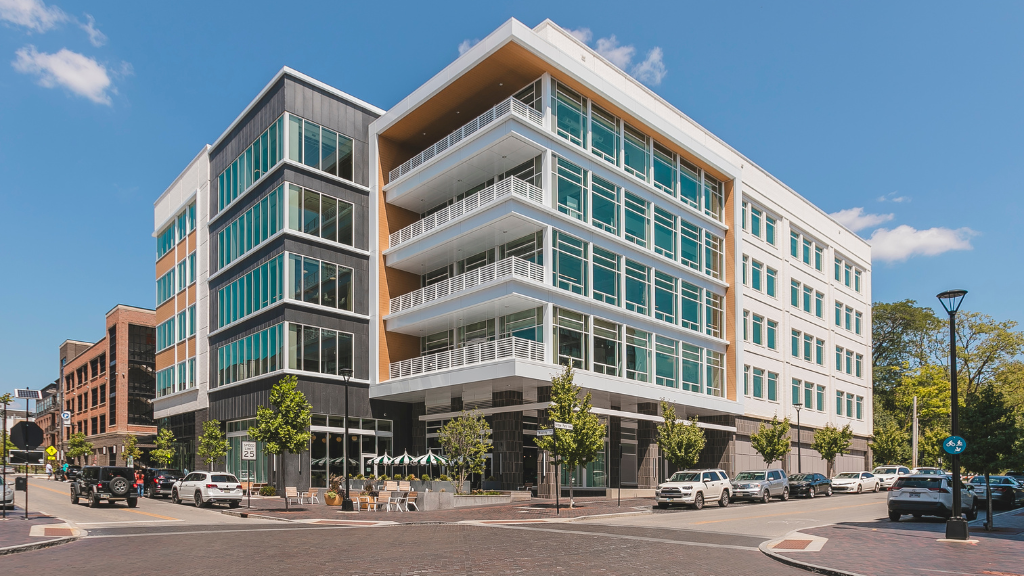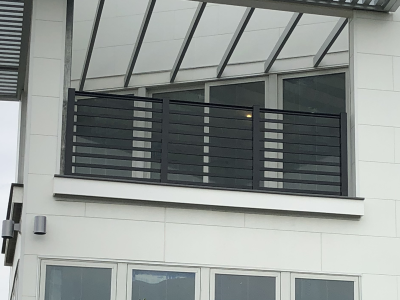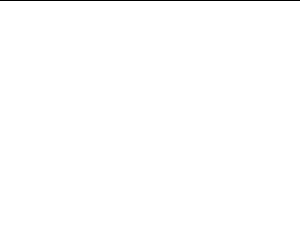The Ladder Effect in the International Building Code
Some resources will tell you that products such as Superior Aluminum Series 9C Cable Railing, 5C Pipe Cable Railing, and 9H Horizontal Rail do not meet code requirements because they cause a “ladder effect.” This is a myth stemming from one code edition nearly 20 years ago referencing this phenomenon that was quickly revoked. All reference to said “ladder effect” was removed in the next and all subsequent editions of the code. Numerous hours of research have been performed and no issue of safety has been determined in regards to a railing with horizontal components.
Since this research was complete, no wording referring to the “ladder effect” has returned to any coding documentation. Also important to note is the fact that the ICC’s commercial code (herein referred to as the IBC) has never contained any wording restricting the use of horizontal components in guardrails. The exact wording of the various editions of the IRC can be seen below. Note the pertinent text in red:
IRC 2000 Edition (The only code released containing the “Ladder Effect” terminology)
R316.2 Guard opening limitations: Required guards on open sides of stairways, raised floor areas, balconies, and porches shall have intermediate rails or ornamental closures that do not allow passage of a sphere 4 inches (102mm) in diameter. Required guards shall not be constructed with horizontal rails or other ornamental patterns that result in a ladder effect.
Exception: The triangular openings formed by the riser, tread, and bottom rail of a guard at the open side of a stairway are permitted to be of such a size that a sphere 6 inches (152 mm) cannot pass through.
IRC 2001 Supplement (Note the absence of the “Ladder Effect” terminology)
R316.2 Guard opening limitations: Required guards on open sides of stairways, raised floor areas, balconies, and porches shall have intermediate rails or ornamental closures which do not allow passage of a sphere 4 inches (102mm) or more in diameter. Exceptions:
1. The triangular openings formed by the riser, tread, and bottom rail of a guard at the open side of a stairway are permitted to be of such a size that a sphere 6 inches (152mm) cannot pass through.
2. Openings for required guards on the sides of stair treads shall not allow a sphere 4-3/8 inches (107 mm) to pass through
Current IRC 2018 (Note the continued absence of the “Ladder Effect” terminology)
R312.2 Guard opening limitations: Required guards shall not have openings from the walking surface to the required guard height which allow passage of a sphere 4 inches (102 mm) in diameter.
Exceptions:
1. The triangular openings at the open side of a stair, formed by the riser, tread, and bottom rail of a guard, shall not allow passage of a sphere 6 inches (153 mm) in diameter.
2. Guards on the open side of stairs shall not have openings that allow passage of a sphere 4-3/8inches (111 mm) in diameter.
It is clear that after an initial push to regulate guards with horizontal components, the code council determined this was a mistake, thus proving that aluminum railing by Superior with horizontal lines is not only safe but also code-compliant.
Please Note: Even with the above changes to the International Residential Codes, every code jurisdiction could be different, and a few may still be relying on the earlier 2000 code interpretation. Therefore, it is important for architects, fabricators, contractors, and homeowners to confirm local codes as related to the railing products they choose to install.









